Text
Scientists at UC Riverside have demonstrated a new, RNA-based vaccine strategy that is effective against any strain of a virus and can be used safely even by babies or the immunocompromised.
Every year, researchers try to predict the four influenza strains that are most likely to be prevalent during the upcoming flu season. And every year, people line up to get their updated vaccine, hoping the researchers formulated the shot correctly.
The same is true of COVID vaccines, which have been reformulated to target sub-variants of the most prevalent strains circulating in the U.S.
This new strategy would eliminate the need to create all these different shots, because it targets a part of the viral genome that is common to all strains of a virus. The vaccine, how it works, and a demonstration of its efficacy in mice is described in a paper published today in the Proceedings of the National Academy of Sciences.
“What I want to emphasize about this vaccine strategy is that it is broad,” said UCR virologist and paper author Rong Hai. “It is broadly applicable to any number of viruses, broadly effective against any variant of a virus, and safe for a broad spectrum of people. This could be the universal vaccine that we have been looking for.”
Continue Reading.
19K notes
·
View notes
Text
In an effort to understand how and why 2D interfaces take on the structures they do, researchers at the University of Illinois Urbana-Champaign have developed a method to visualize the thermally-induced rearrangement of 2D materials, atom-by-atom, from twisted to aligned structures using transmission electron microscopy (TEM). They observed a new and unexpected mechanism for this process where a new grain was seeded within one monolayer, whose structure was templated by the adjacent layer. Being able to control the macroscopic twist between layers allows for more control over the properties of the entire system.
17 notes
·
View notes
Text
Okay. This is a pretty big deal in the world of mycology. Historically fungi have been divided up into either parasites that siphon resources from plants, mutualists that cooperate with them, or saprotrophs that break down decaying organic matter (plant and otherwise.) The genus in question, Mycena, has traditionally been made of saprotrophic species feeding on decaying wood.
However, what scientists are observing is Mycena fungi displaying primitive mutualistic behaviors, specifically providing living plants with nitrogen and getting carbon in return from a living partner, or getting to chow down on the plant's remains once deceased. This shows a significant level of adaptability that hasn't been observed in fungi beforehand, though given how much we don't know about fungi there's a good possibility this isn't an unprecedented event.
It doesn't surprise me one bit that we're seeing this in Mycena. These fungi are especially opportunistic; in fact, that mushroom growing out of a frog's skin that we saw a while back was also a Mycena species. Perhaps we need to add bonnet mushrooms to raccoons, dandelions, and other hardy generalists as symbols of scrappy survival in spite of environmental pressures.
560 notes
·
View notes
Text
The spread of radioactive isotopes from the Fukushima Daiichi Nuclear Power Plant in Japan in 2011 and the ongoing threat of a possible release of radiation from the Zaporizhzhia nuclear complex in the Ukrainian war zone have underscored the need for effective and reliable ways of detecting and monitoring radioactive isotopes. Less dramatically, everyday operations of nuclear reactors, mining and processing of uranium into fuel rods, and the disposal of spent nuclear fuel also require monitoring of radioisotope release.
Now, researchers at MIT and the Lawrence Berkeley National Laboratory (LBNL) have come up with a computational basis for designing very simple, streamlined versions of sensor setups that can pinpoint the direction of a distributed source of radiation. They also demonstrated that by moving that sensor around to get multiple readings, they can pinpoint the physical location of the source. The inspiration for their clever innovation came from a surprising source: the popular computer game "Tetris."
Read more.
22 notes
·
View notes
Photo

Ancient giant tortoise fossils found in Colombian Andes
Paleontologists have discovered giant tortoise fossils in Colombia dating back some 57 million years.
https://phys.org/news/2024-04-ancient-giant-tortoise-fossils-colombian.html
16 notes
·
View notes
Photo
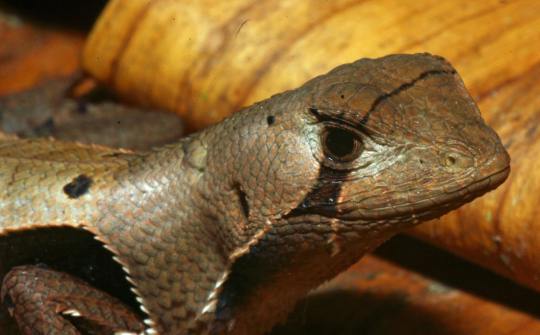
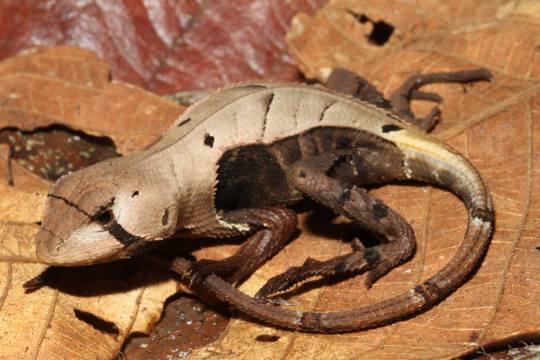
Amazonian Dead-leaf Lizard (Stenocercus fimbriatus)
This small and well camouflaged lizard is found in the leaf litter on the forest floor of tropical forests in Amazonian Brazil and Peru. Its in the family Tropiduridae (the ground lizards). Not much is known of this lizard’s life history and habits.
photographs by Dick Bartlett
4K notes
·
View notes
Text



Yareta (Azorella compacta) in Bolivia (elevation of 14,000 ft.).
This may look like a moss, but it isnt! This is a broad-leafed plant in the carrot family, Apiaceae.
These plants can grow to bve over 3000 years old. This large specimen may be over 1000 years old.
photographs by Mark Dwyer
5K notes
·
View notes
Text
Rabbits are plantigrade, never stand on their toes and move by hopping.
-Rabbits not giving a shit about your laws of science:
45K notes
·
View notes
Text
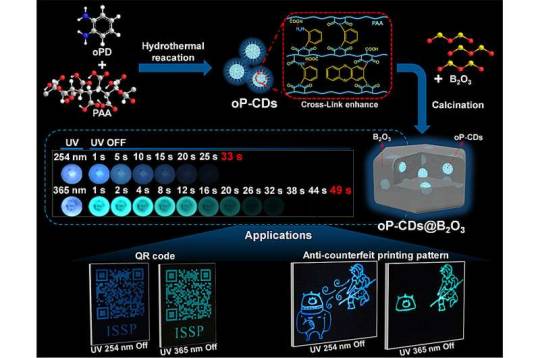
Novel method developed for phosphorescent multi-color carbon dots
A research team has devised a novel method to prepare carbonized polymer nanodots capable of emitting multi-color ultra-long room-temperature phosphorescence (RTP) from blue to green.
"These materials exhibit potential applications in anti-counterfeiting and information encryption," said Zhang Qipeng, member of the team.
The research findings have been published in Advanced Science, and the study was led by Jiang Changlong from Hefei Institutes of Physical Science of Chinese Academy of Sciences
RTP materials glow even after the light source is removed, making them valuable for various uses like security features, data protection, displays, and medical imaging. Carbon dots (CDs) are a kind of RTP material known for being easy to make, stable under light, and safe. But making bright and long-lasting RTP materials with CDs is tough due to non-radiative loss of energy.
Read more.
10 notes
·
View notes
Text
post four-horned antelope right now


images (x) (x)
3K notes
·
View notes
Text
Imagine a vast volume of porous sandstone reservoir, once full of oil and natural gas, now full of a different, carbon-free fuel -- hydrogen.
Scientists at Sandia National Laboratories are using computer simulations and laboratory experiments to see if depleted oil and natural gas reservoirs can be used for storing this carbon-free fuel. Hydrogen is an important clean fuel: It can be made by splitting water using solar or wind power, it can be used to generate electricity and power heavy industry, and it could be used to power fuel-cell-based vehicles. Additionally, hydrogen could be stored for months and used when energy needs outpace the supply delivered by renewable energy sources.
"Hydrogen would be good for seasonal and long-term storage," said Sandia chemical engineer Tuan Ho, who is leading the research. "If you think of solar energy, in the summer you can produce a lot of electricity, but you don't need a lot for heating. The excess can be turned into hydrogen and stored until winter."
Read more.
11 notes
·
View notes
Text
Geyser Sculptures

In the remote landscape of Tajikistan, photographer Øystein Sture Aspelund discovered a small geyser near a high-altitude lake. With a fast shutter, he “froze” the shapes of the eruption, capturing bubbly columns, mushrooms, and splashes. (Image credit: Ø. Aspelund; via Colossal)
Read the full article
85 notes
·
View notes
Text

This floating alien egg is Octameroceras, they're part of a group of cephalopods called Oncocerids which diverged earlier than the nautiloids and ammonites.
As they reach maturity, their shell opening, the aperture closes in on their face creating these Giger-esque shapes, and we can only speculate what bizarre mangled forms the creature peeping through that opening would have.

[image credit: Stridsberg, S. 1 985 05 09: Silurian oncocerid cephalopods from Gotland. Fossils and Strata, N o. 1 8, pp. 1-65. Oslo ISSN 0300- 9491. ISBN 82- 00- 07575-3.]
2K notes
·
View notes
Text
By modifying a refrigerator commonly used in both research and industry, researchers at the National Institute of Standards and Technology (NIST) have drastically reduced the time and energy required to cool materials to within a few degrees above absolute zero.
The scientists say that their prototype device, which they are now working to commercialize with an industrial partner, could annually save an estimated 27 million watts of power, $30 million in global electricity consumption, and enough cooling water to fill 5,000 Olympic swimming pools.
Continue Reading.
159 notes
·
View notes
Photo
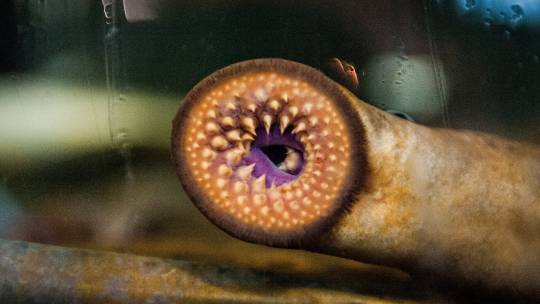
Lampreys offer clues to the origin of our fight-or-flight instinct
Scientists found some evidence that lampreys have a rudimentary sympathetic nervous system–which is believed to control the fight-or-flight reaction in vertebrates.
https://www.popsci.com/environment/lampreys-fight-or-flight/
26 notes
·
View notes
Text
Y'all, the world is sleeping on what NASA just pulled off with Voyager 1
The probe has been sending gibberish science data back to Earth, and scientists feared it was just the probe finally dying. You know, after working for 50 GODDAMN YEARS and LEAVING THE GODDAMN SOLAR SYSTEM and STILL CHURNING OUT GODDAMN DATA.
So they analyzed the gibberish and realized that in it was a total readout of EVERYTHING ON THE PROBE. Data, the programming, hardware specs and status, everything. They realized that one of the chips was malfunctioning.
So what do you do when your probe is 22 Billion km away and needs a fix? Why, you just REPROGRAM THAT ENTIRE GODDAMN THING. Told it to avoid the bad chip, store the data elsewhere.
Sent the new code on April 18th. Got a response on April 20th - yeah, it's so far away that it took that long just to transmit.
And the probe is working again.
From a programmer's perspective, that may be the most fucking impressive thing I have ever heard.
90K notes
·
View notes
Text
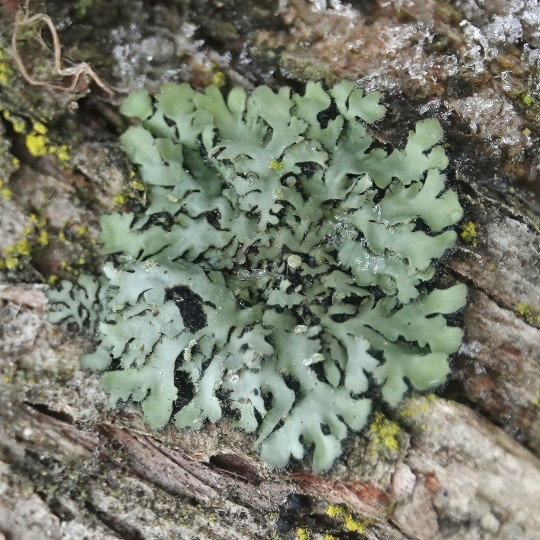
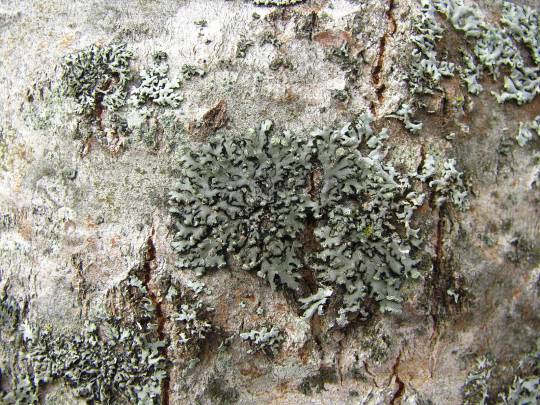
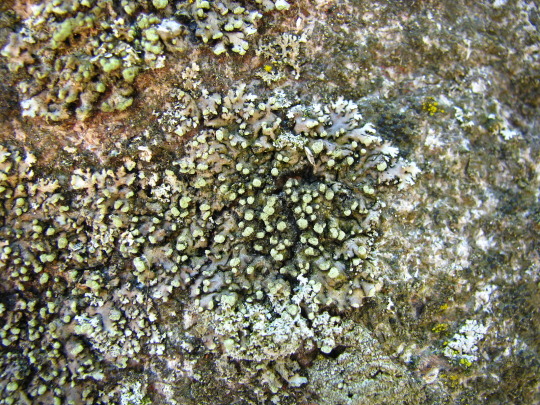
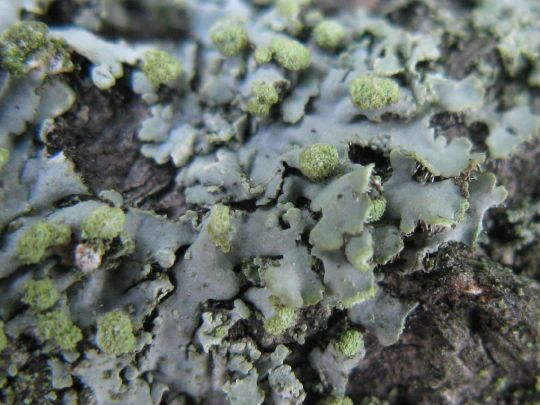

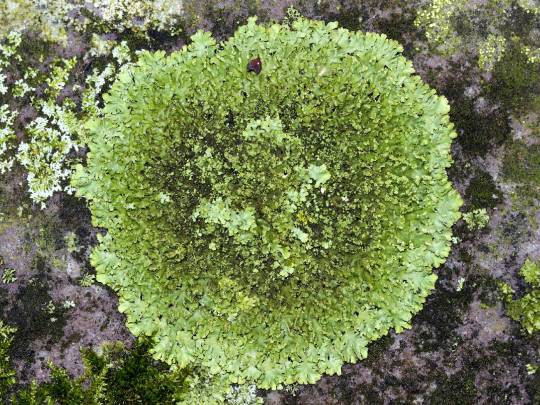
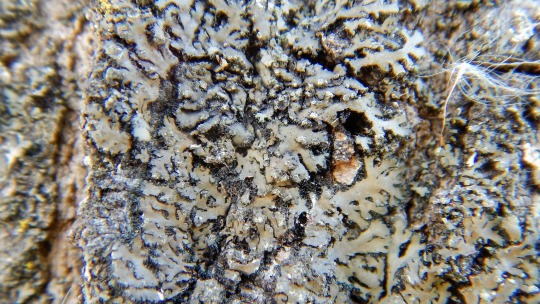
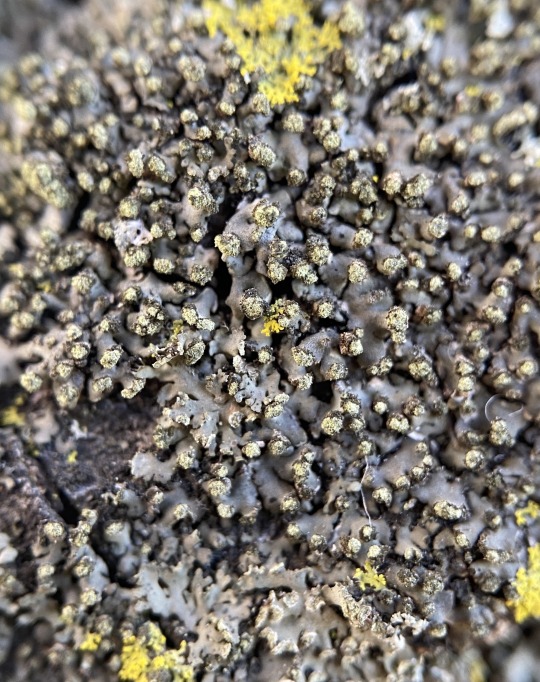
Phaeophyscia pusilloides
Pompom shadow lichen
This foliose lichen grows in rounded rosettes up to 3 cm in diameter. It has narrow, elongated lobes closely attached to the substrate. The upper surface is gray-brown when dry, and bright green when wet! And the lower surface is black with long, simple rhizines. It produces powdery soredia from capitate or labriform soralia on the lobe tips. It only rarely produces apothecia, which have a rhizinate margin and a brown disc. It has a green algal photobiont. P. pusilloides grows on nutrient-enriched, deciduous trees in temperate, montane valleys in North America and Europe.
images: source | source
info: source | source
60 notes
·
View notes